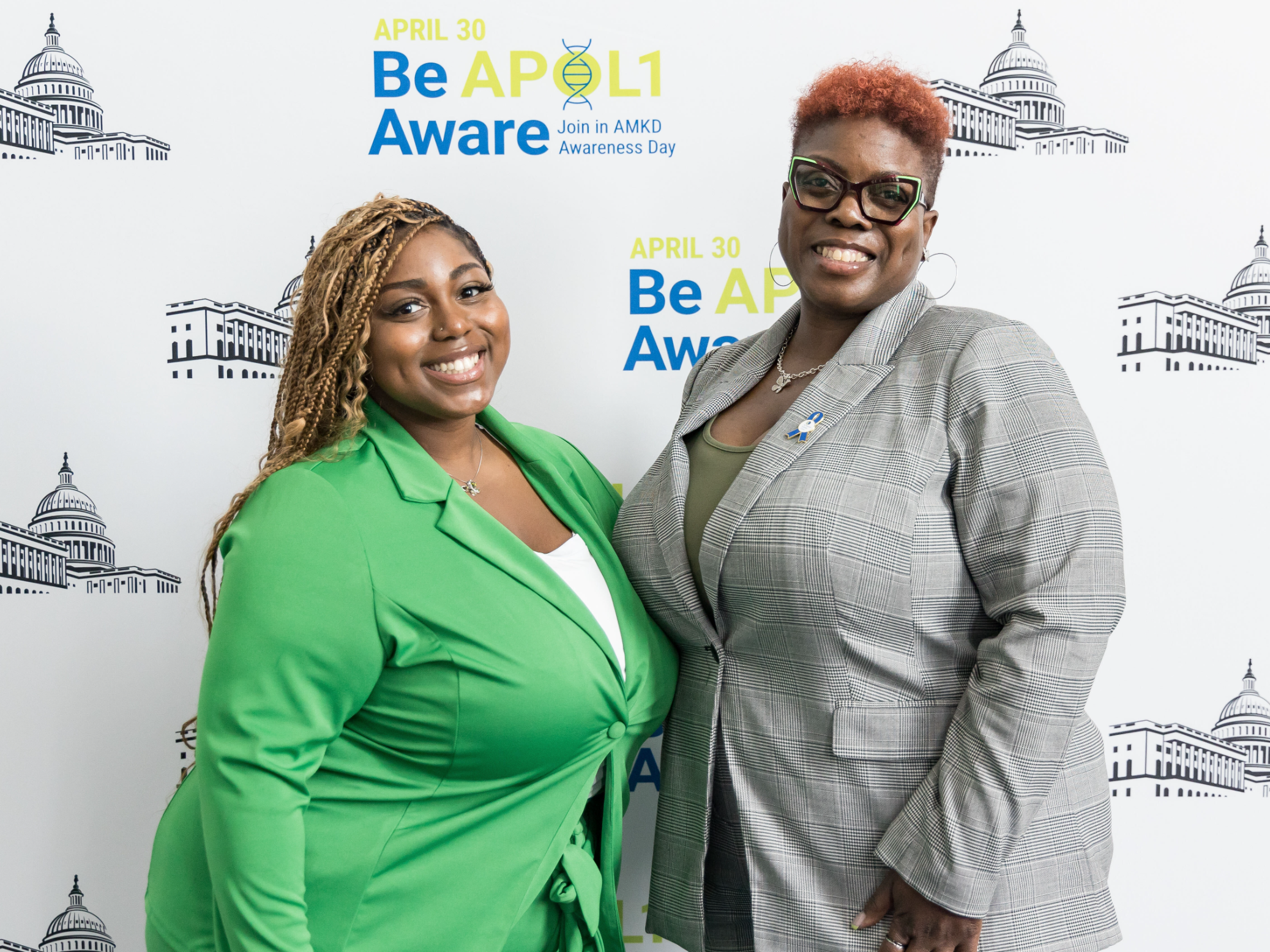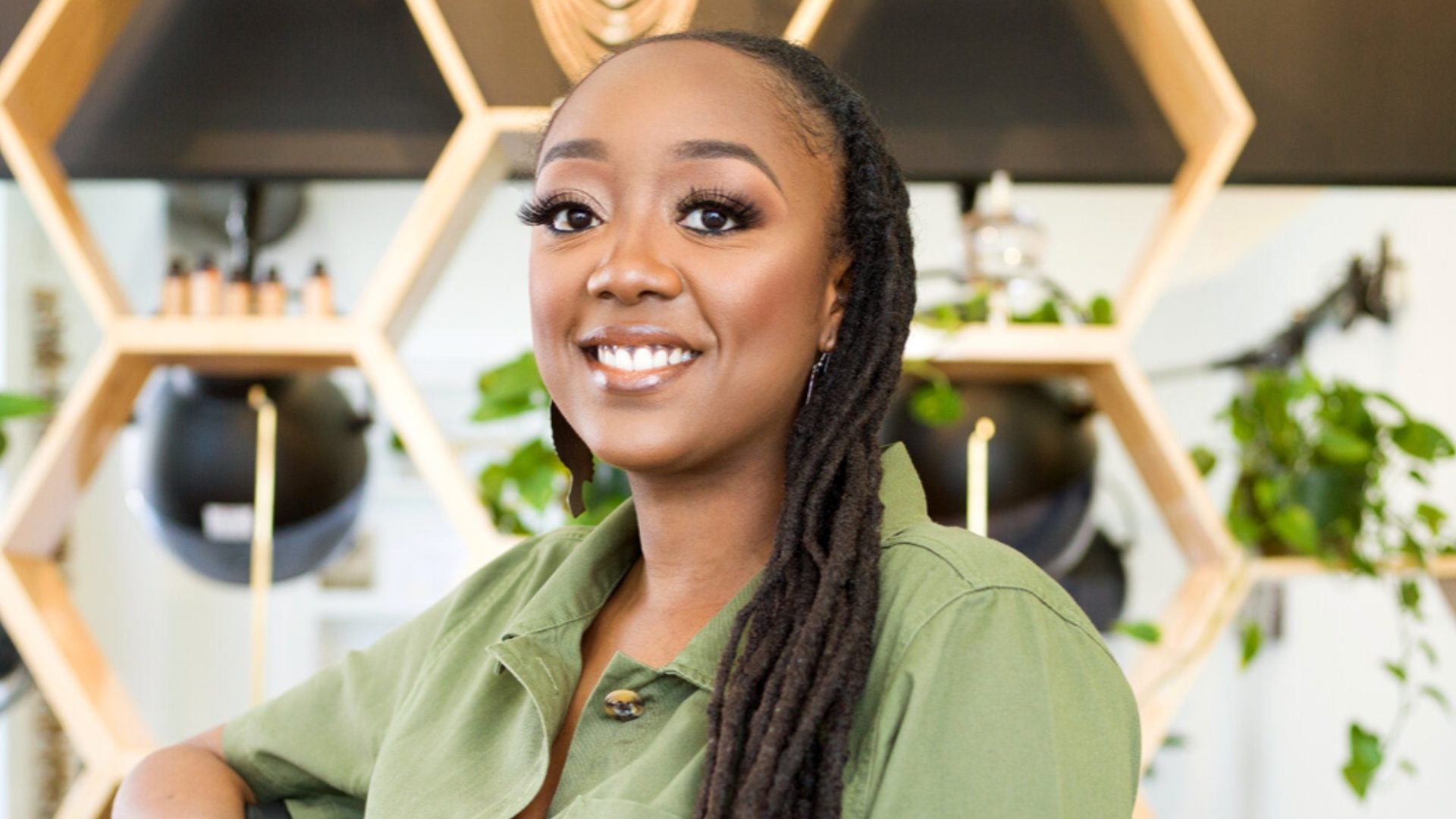
During her time as First Lady, Michelle Obama was known for her chic silk presses (inserts photo from the 2021 Presidential Inauguration that broke the internet). Her hair was always meticulously placed and always straight, which left many Black Americans questioning why not use this platform as an opportunity to normalize natural hair in a political setting. So post-presidency, when Michelle Obama was spotted rocking braids on tour for her new book The Light We Carry, it sent ripples through the Black hair community. Many hadn’t seen the First Lady strut natural styles.
In a conversation with the Washington Post, Michelle Obama mentioned how America wasn’t ready to accept her natural hair. Being the first Black family in the Oval Office, she didn’t want the focus to be on trivializing her hair but on the work that needed to be done for the American people. So for the two terms her husband, Barack Obama, was President, she assimilated, but now that they are free of the societal restraints of the White House, she’s taking back control of her hair.
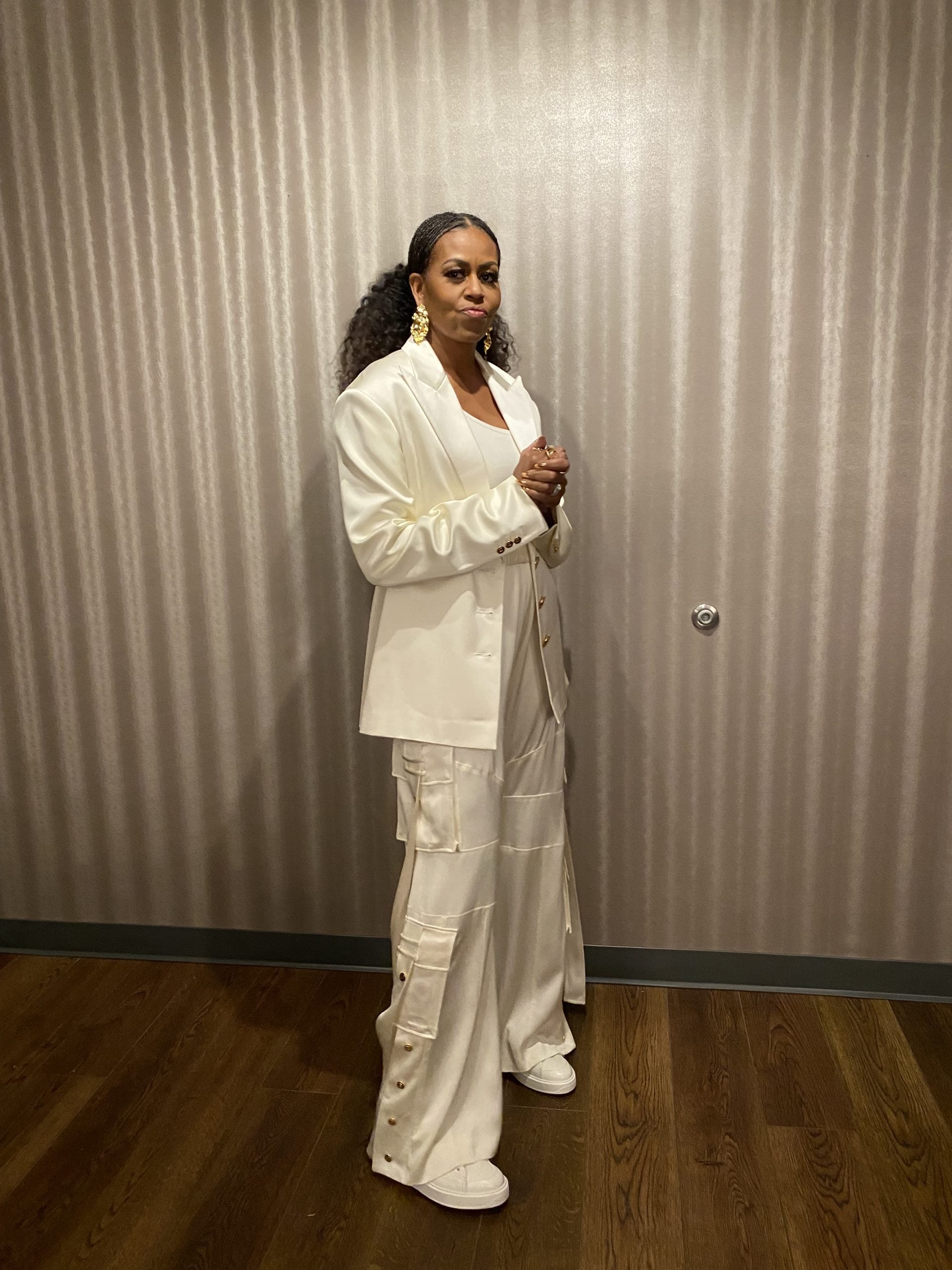
The hands behind the iconic braids that have rattled the internet are from hairstylist Njeri Radway. Radway has over 14 years of experience in the hair styling industry and has had first-hand experience styling under Johnny Wright, Michelle Obama’s primary hairstylist, as a part of the White House hairstyling team. During her start on Obama’s team, she assisted in styling both Malia and Sasha. And with this exposure and familiarity, it was only a matter of time before the former FLOTUS would leverage Radway’s styling and braiding expertise.
ESSENCE got to catch up with Njeri Radway on her accompaniment with First Lady Michelle Obama’s natural hair journey. She talks to us about how she achieved the 90s braided style, the struggles Black women in prominent roles face regarding their natural hair, and what self-expression through natural hair means to her.
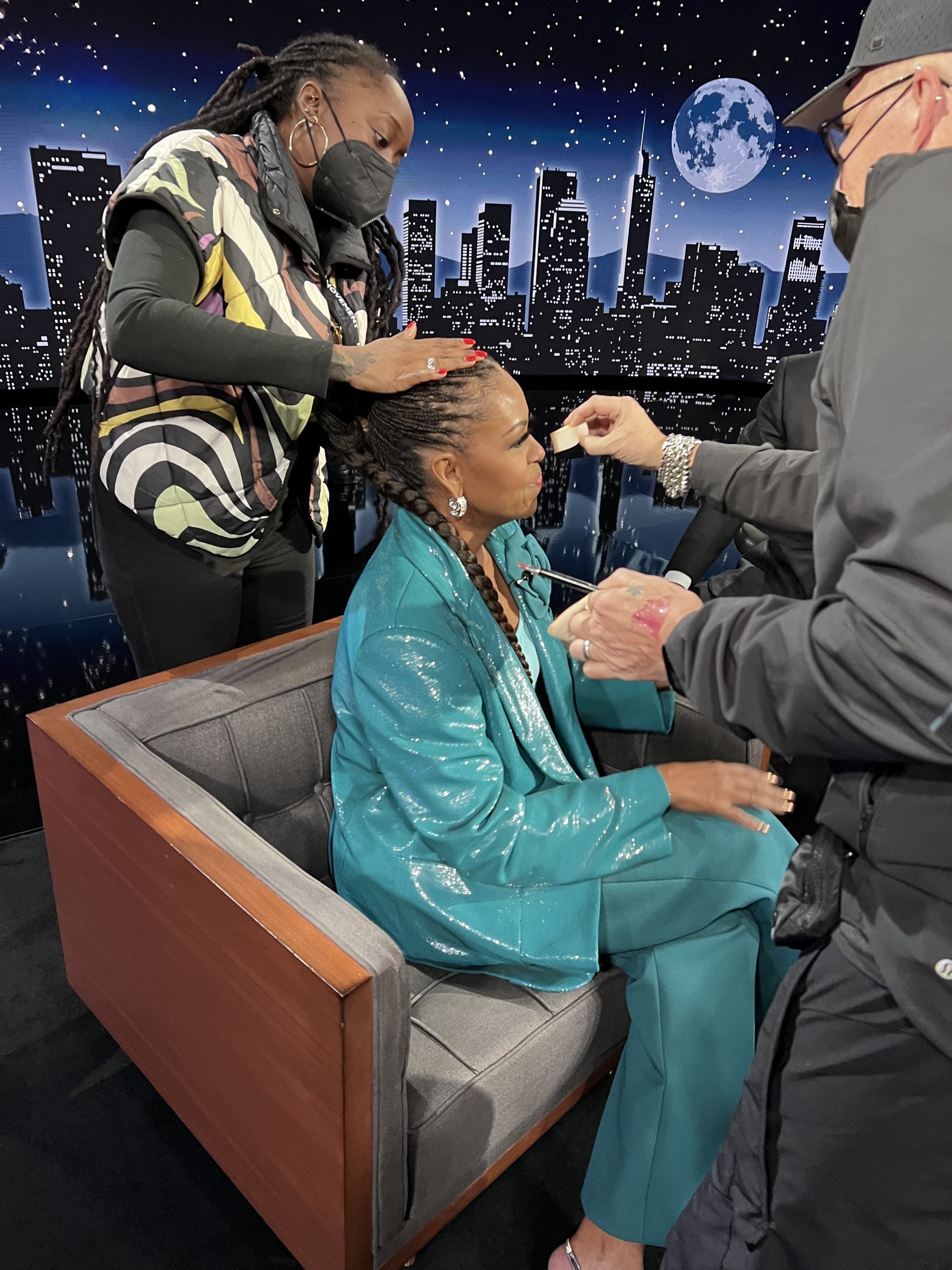
ESSENCE: Tell me a bit about your professional journey as a hairstylist.
Njeri: I have been a licensed cosmetologist for 14 years, but I found my passion for doing hair after I graduated high school. While attending community college, I was trying to figure out what I wanted to do with my life. Ultimately, I dropped out of community college in 2008. I then enrolled in cosmetology school at Montgomery Beauty School in Silver Spring, Maryland.
While in school, I worked at a hair salon as a shampoo assistant. Once I graduated from beauty school, I was in between jobs. I got a call from hairstylist Yene Damtew wanting me to interview for an assistant position under Johnny Wright, who was the lead hairstylist for Michelle Obama while they were in office.
What inspired you to move into the hair space?
Hairstyling caught my eye from an early age. Growing up, I would go to the hair salon with my mom every two weeks. I remember sitting in the salon with her all day. While there, I would observe all the women who would come in and out of the shop and how they all would leave with different hairstyles.
It was just so fascinating to me. I wanted to know how these stylists executed all these unique styles, such as the French roll and finger waves, or how they could further manipulate the hair with hairspray and dyes. It was inspiring.
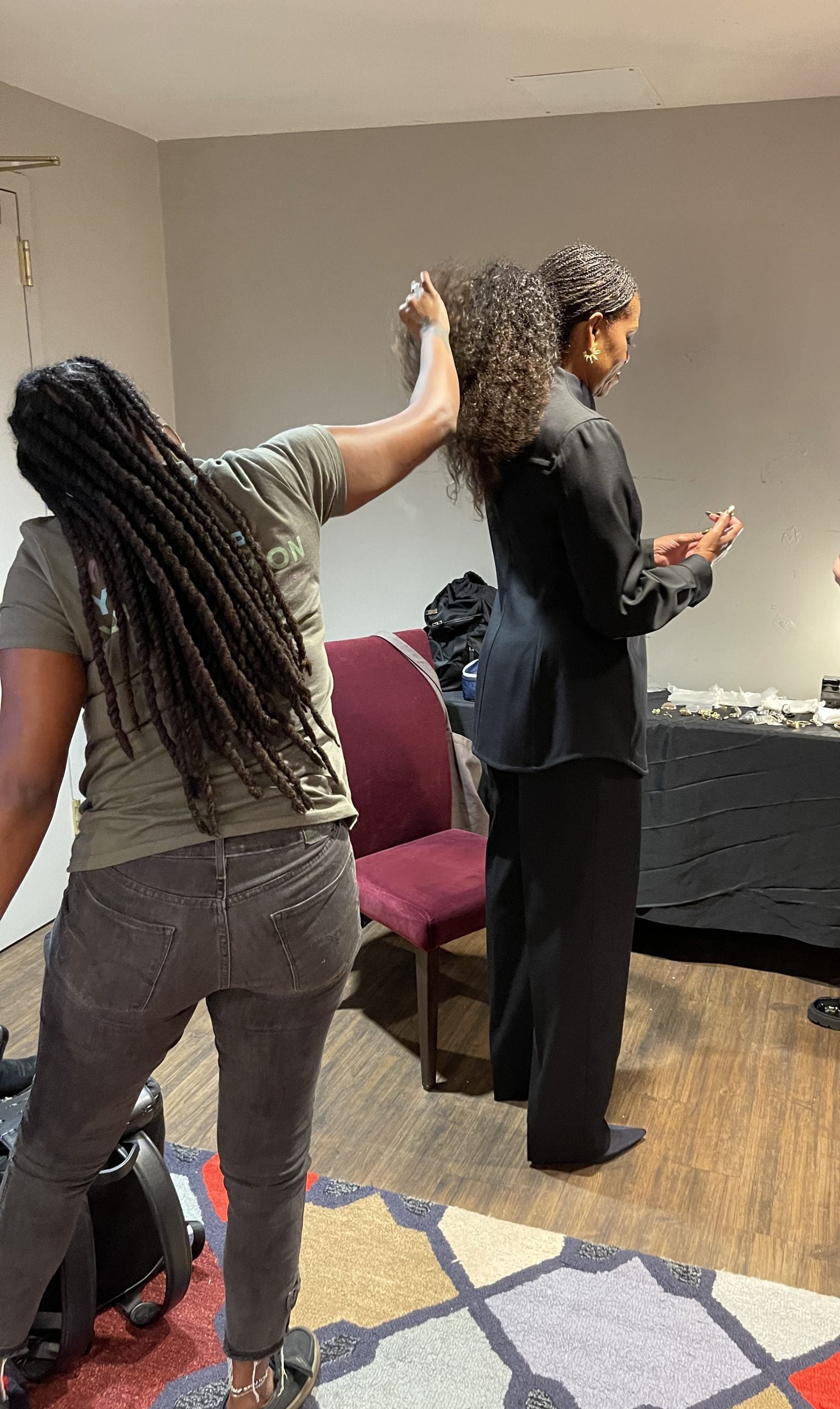
How did the opportunity to style Michelle Obama come about?
In 2010, I joined Michelle Obama’s team under Johnny Wright. In the beginning, I was working with Sasha and Malia Obama and filling in here and there as a second assistant. I did the girls’ braids for years until Malia moved to California. This is how the First Lady became familiar with my work. It was a natural progression.
What’s the name of the braided style achieved on Mrs. Obama, and how did you achieve the style?
The braided style is known as tree braids. Tree braids are an old-school ’90s braiding technique that makes the braids appear like natural hair. We decided to bring the style back with a modern twist.
To achieve this style, it starts at the shampoo bowl. You want to start with like a clarifying shampoo to remove any buildup. Then you double cleanse and follow up with a moisturizing shampoo followed by a moisturizing conditioner. I then use a leave-in conditioner. My go-to is Mizani’s 25 Miracle Milk. And then, once the hair is dry, I’ll use a scalp oil and a light moisturizing oil before braiding the hair. For Mrs. Obama’s braids, I opted for human hair instead of synthetic. Once completed, I use a lightweight foam over the braid to make the curls pop and lay any flyaways.
Was this your choice or the First Lady’s?
Actually, Mrs. Obama had wanted braids for a while. She knew she wanted to give her hair a break, but she wasn’t sure what kind of braids. While in California, Malia had braids. And she said, “You know what? I like that style. Let’s try that out.” Once we put the braids in, Mrs. Obama was skeptical of the style on herself. The team weighed in, and we all suggested that she keep them. We did end up tailoring them a bit to suit her better. Ultimately it was her decision, and it was a great one.
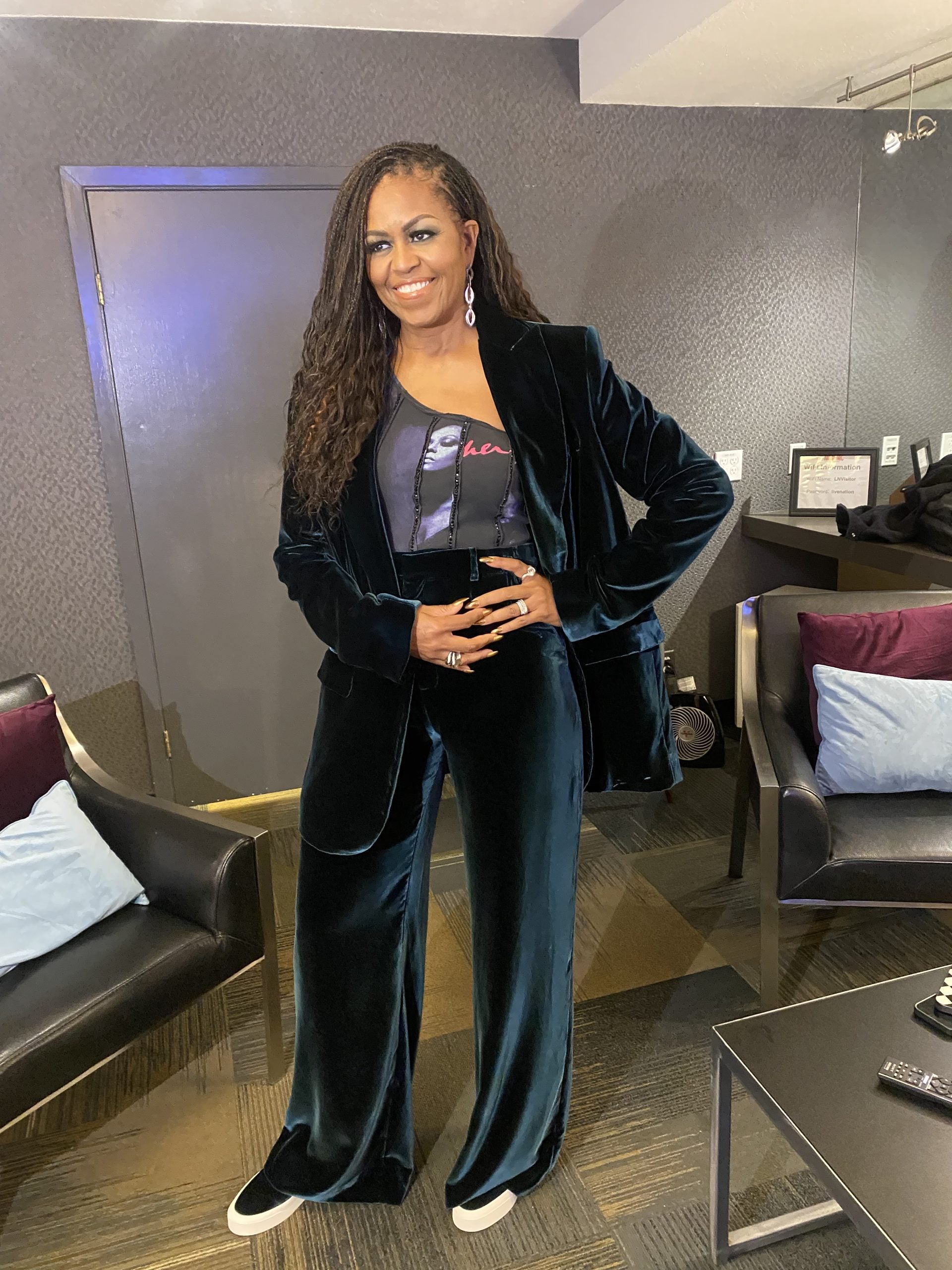
What was it like styling the First Lady, and what was it like bringing Michelle Obama into this new era of hair?
Working with such a profound woman was both an honor and a blessing. I’m proud and humbled to have been a part of such a groundbreaking moment. All the Brown girls, you know, that looked like us who might be struggling with wanting to wear braids in the workplace or just in general saw themselves in Mrs. Obama. We were all represented.
Black women are often scrutinized for braided styles in professional settings and must conform by straightening their hair. How do you feel your work fights against this stigma?
As a licensed and professional stylist, it’s my job to help clients embrace their natural texture, no matter their race. We all have different textures, and they all should be seen as equal no matter how we choose to style it. And to black women specifically, our hair is beautiful in any state. Shout out to The Crown act, being passed in California, which helps prevent discrimination in the workplace based on hair. How I style my hair doesn’t determine if I know how to do my job adequately or not.
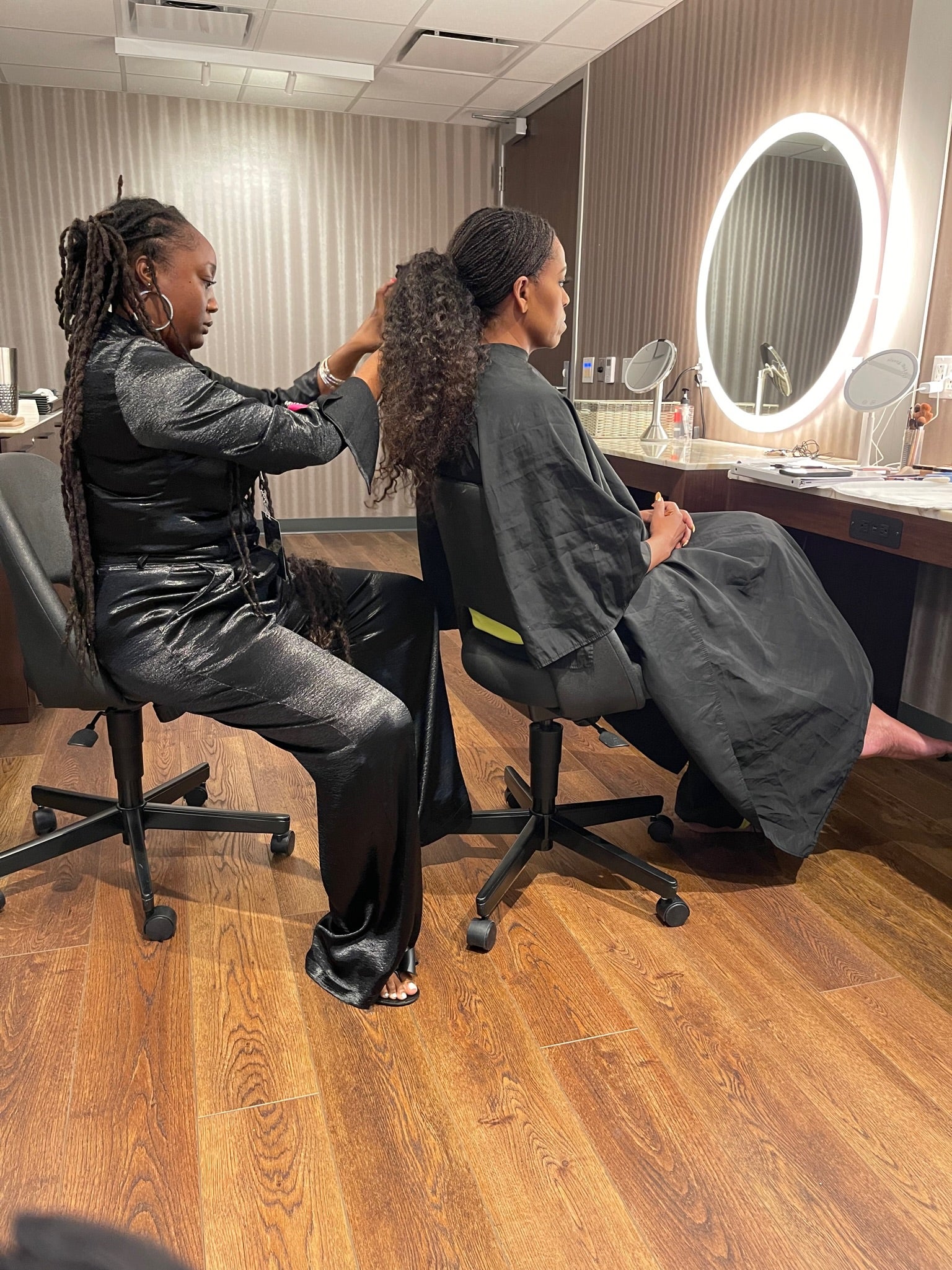
What does hair expression mean to you?
It feels like a mood board and how people use their hair to tell their stories. It can boost your mood and make you feel confident. When you enter the salon, and you get whatever you’re getting, whether it be braids, a wig, or a silk press, you leave feeling transformed.


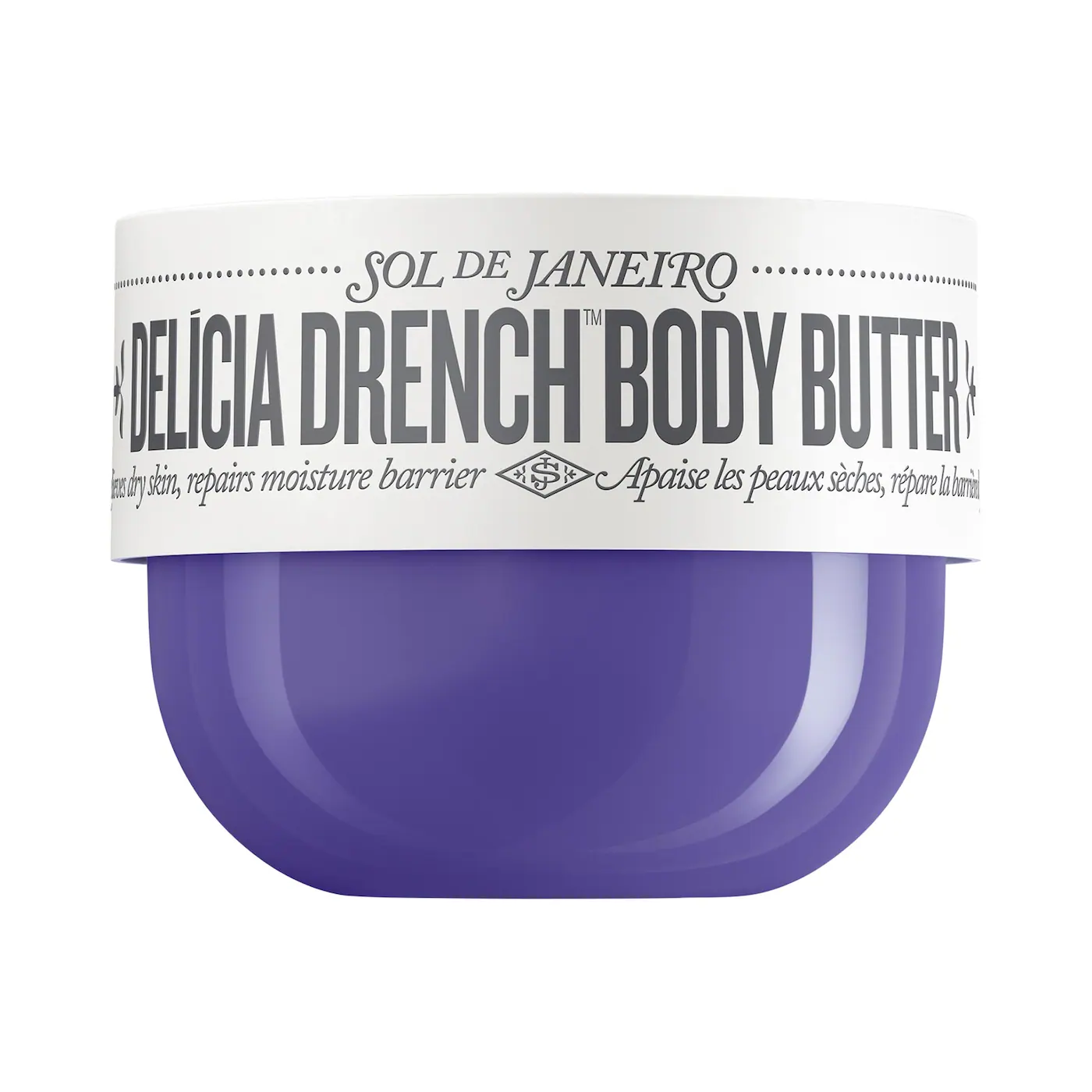
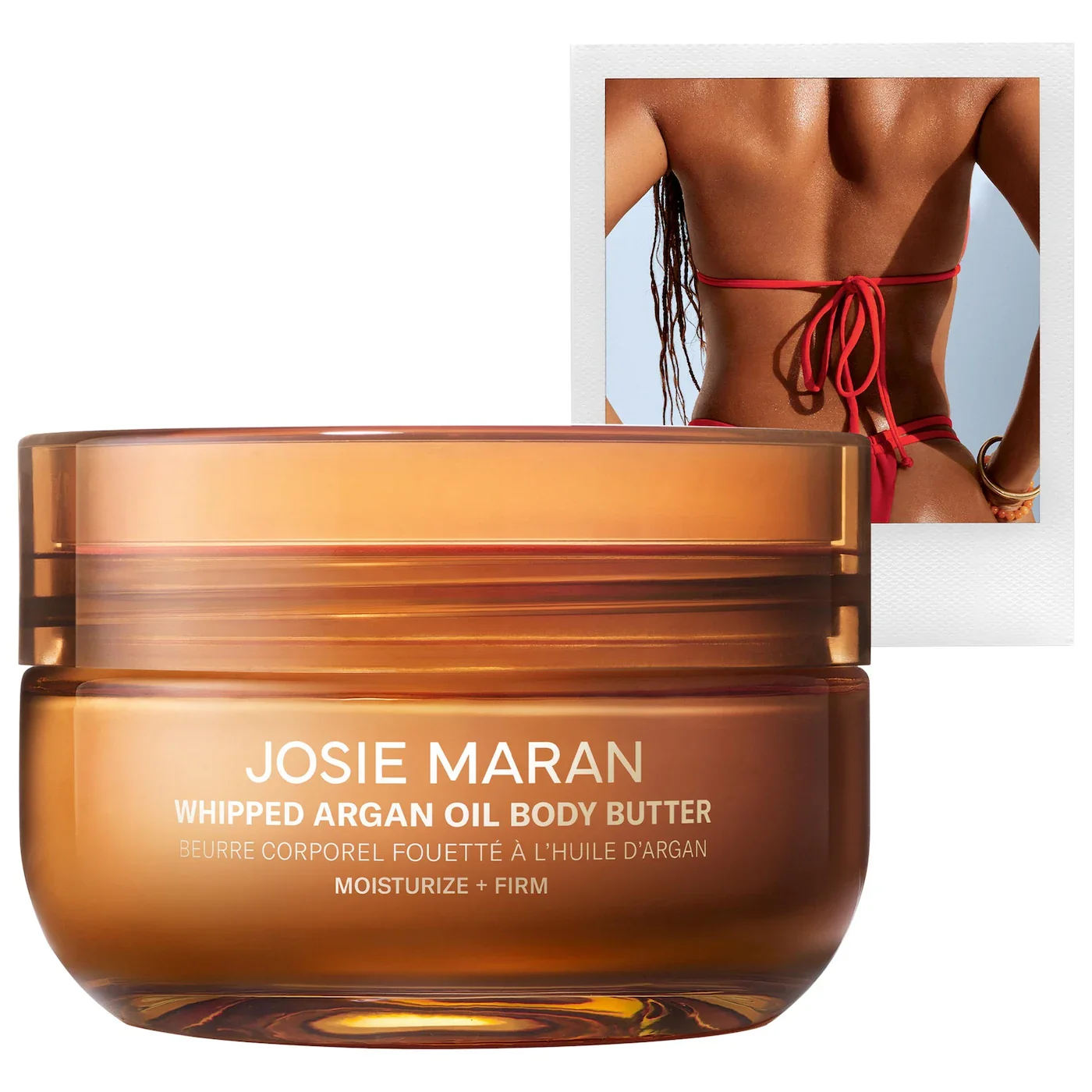
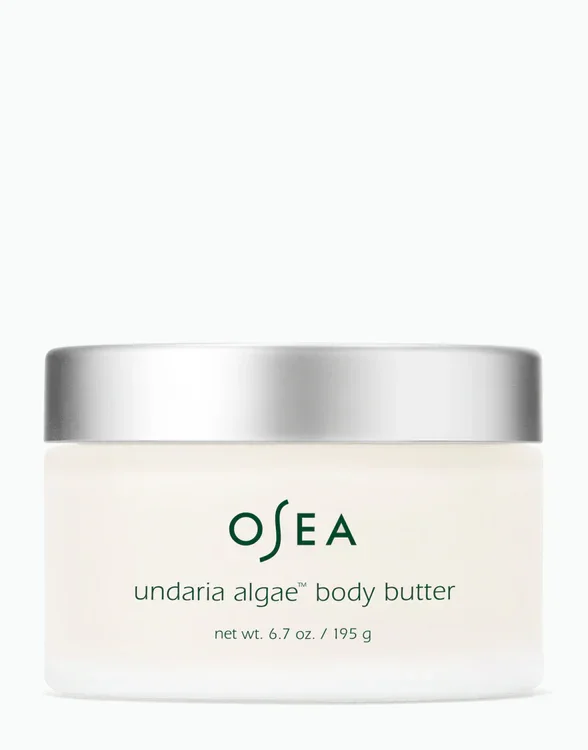


What’s next for Njeri?
As long as these hands work, I’m gonna be doing some hair. And as long as Mrs. Obama is wearing these braids, I’ll be doing that as well. Another goal is to have an actual storefront salon and to instruct classes as part of the Kitchen Talk with Njeri series, whether it be your everyday woman or the professional cosmetologist.









